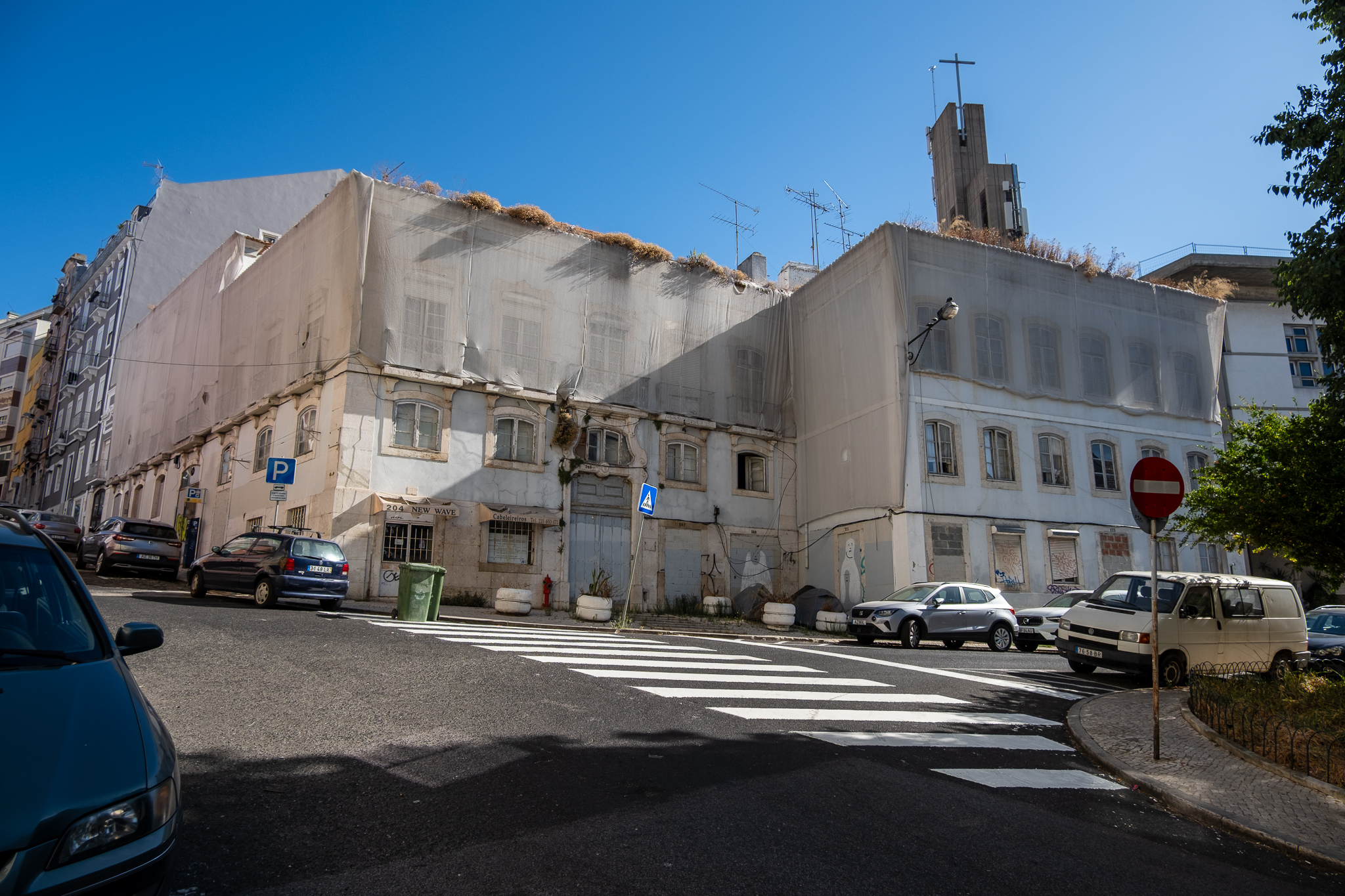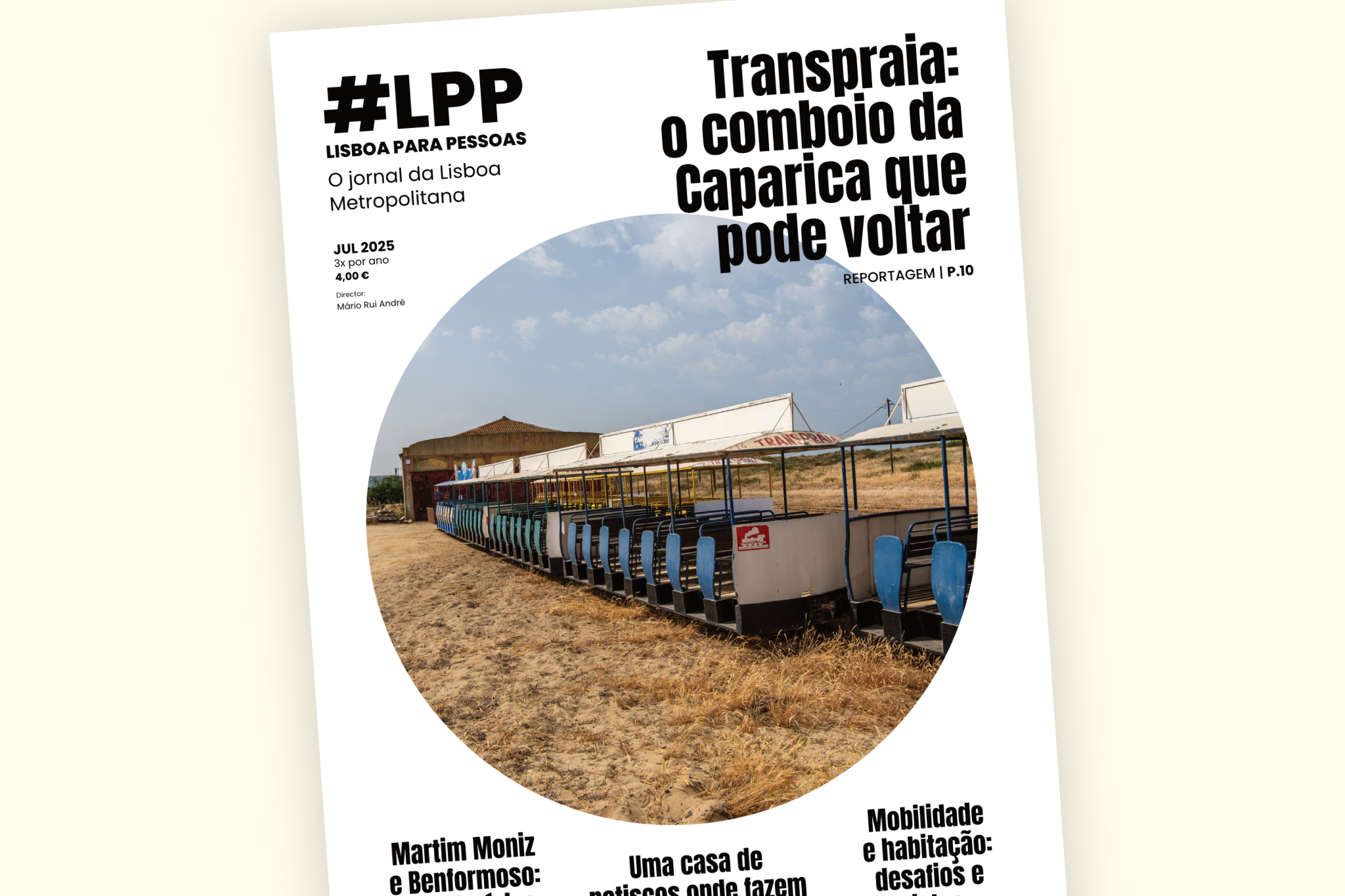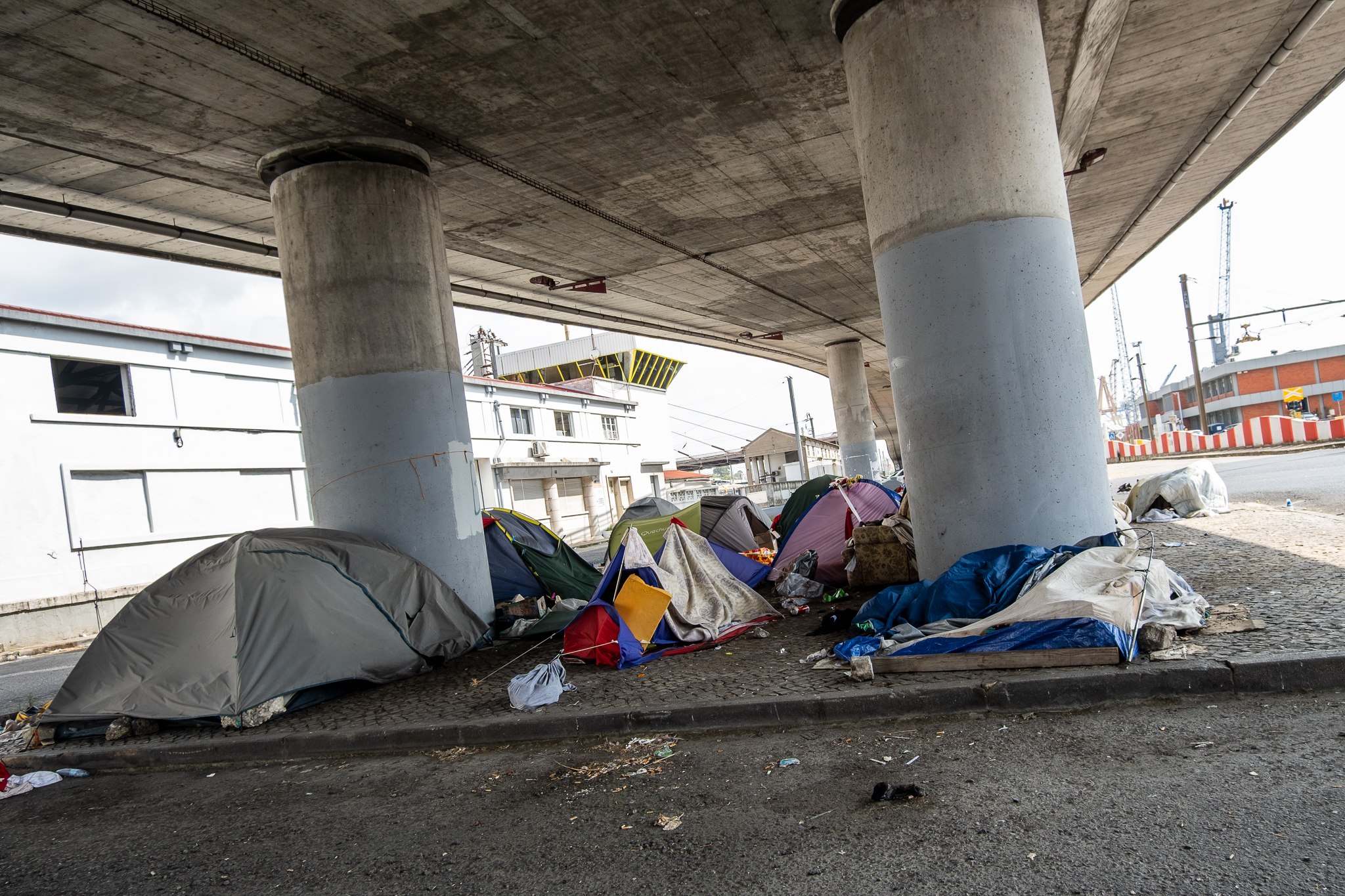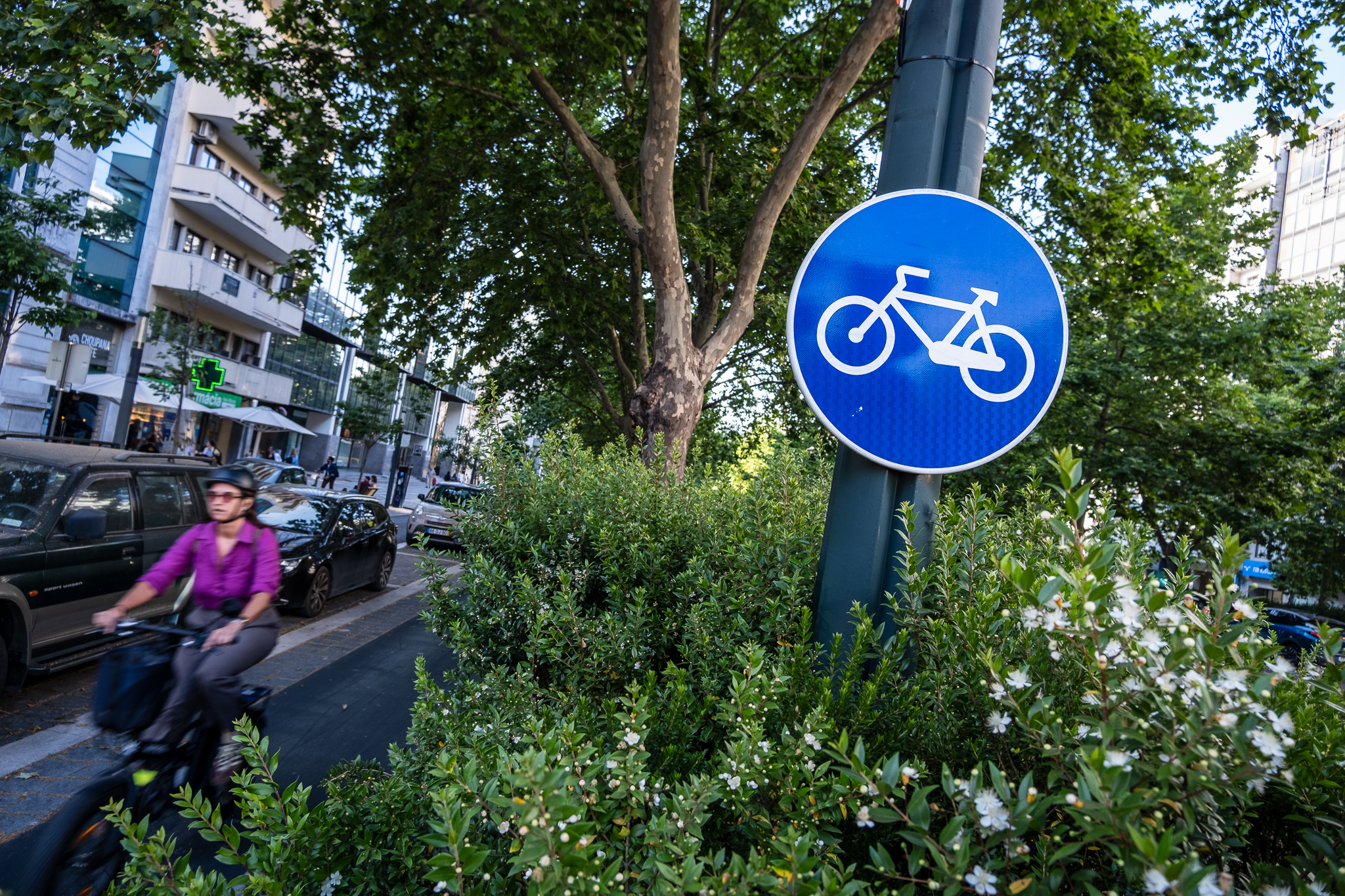Spanish rail operator Renfe is considering daily services on the Northern Line to A Coruña, and connections between Lisbon, Porto and Madrid. For the time being, these are still preliminary plans, but Renfe's desire to expand into Portugal is virtually certain.

The Spanish public operator Renfe is planning a expansion to Portugaltaking advantage of the liberalization of the passenger rail marketwhich was implemented throughout the European Union at the beginning of 2019 and which, in Portugal's case, has not yet been taken advantage of by any company. According to the newspaper InformationRenfe intends to start operating its trains in Portugal, linking cities such as Lisbon and Porto not only to Madrid but also to other Spanish cities, and complementing CP's potential offer.
Lisbon, Porto, A Coruña, Madrid
The intentions are still preliminary. According to the same newspaper, Renfe's plan is for 2027 and involves connecting the Portuguese Atlantic coast - which includes cities such as Lisbon, Porto and Coimbra - to Spain, namely the capital, Madrid, and A Coruña. One of the main routes being studied would connect Lisbon and Porto, and end in Galicia, in A Coruña, passing through Santiago de Compostela, Pontevedra and Vigo; this route, which had already been reported by El EconomistaIt would have daily frequencies and would put Renfe in direct competition with CP on what is the backbone of the Portuguese rail network, the Northern Line, served by Alfa Pendular and Intercidades trains.
According to La Información, Renfe is also looking into daily services between Porto and Madridpassing through Guarda (Beira Alta Line) and Salamanca; and between Lisbon and MadridThe Spanish operator will be able to use the Alentejo Line, passing through Évora and Badajoz, in order to take advantage not only of the Alentejo Line but also of the new railway line that Portugal is building between Évora, Elvas and the Spanish border. At the moment, the Spanish operator may use two different models of trains: an electric one for connections where all the infrastructure is electrified, and a hybrid (runs on diesel and electricity) for non-electrified routes.
In order to adapt some of its rolling stock to the technical requirements of the Portuguese railway infrastructure, Renfe plans to invest 15 million euros. The Spanish company will need to solve two obstacles: one in terms of electrical voltage [Portugal uses a voltage of 25 kV alternating current and Spain uses 3 kV direct current; according to La Información, this situation will be resolved when Adif, the "Spanish IP", carries out the pending electrification of the Salamanca and southern Vigo rail links, scheduled for the next few years]; o another related to signage [Portugal uses the antiquated Convel signaling system, for which there are no longer any spare parts; a consortium of private operators has launched a project to translate Convel into another system called ERTMS, the standard for the whole of Europe, but it won't be ready until 2025 at the earliest].
It's still just an idea
La Información reports that this whole expansion project for Portugal is in the design phase, open to discussion and not yet formally approved. Renfe also told Público newspaper: "it's a presentation or theoretical plan (one more among the many that are made in the company) to contemplate various scenarios"There is no approved action plan. However, Público reports that the Spanish operator has launched a public tender for an advisory contract to prepare, with the Institute of Mobility and Transport (IMT), the safety certificate that will allow it to operate on the Portuguese network; and it has a protocol with the Camões Institute to teach Portuguese to Spanish train drivers who come to drive trains in Portugal.
Renfe, as Público notes, has already internationalized in France, with connections between Spanish and French cities; and operates in other European and American countries through independent subsidiaries. This means that the expansion strategy for Portugal fits in with the company's operating model in other geographies.
CP and B-Rail
Here, CP has the purchase of 117 new trains - 62 for urban services and 55 for regional services - and, in the near future, it will need to buy new trains for long-distance services. In order to do this, it will also need to clear its historic debt of 2.1 billion euros, as provided for in this year's State Budget. The future of CP's operation will also depend on IP's investments in infrastructure, namely the new high-speed line between Lisbon and Porto, scheduled for 2030.

Spanish rail operator Renfe is not the only one interested in the Northern Line and the Portuguese rail network. Barraqueiro, owner of Fertagus, wants to use its company B-Rail, already established and licensed to operateB-Rail has decided to postpone its plans to ensure long-distance passenger connections. According to the Público newspaper, B-Rail asked IP for 24 train paths on the Northern Line between Lisbon and Porto, but the public company that manages the railroad could only provide 10; as a result, B-Rail decided to postpone its debut until 2029, when the first high-speed section between Porto and Soure, near Coimbra, is completed. The B-Rail service would have 315-390 seats and would stop at Campanhã (Porto), Aveiro, Coimbra, Oriente (Lisbon) and Sete Rios (Lisbon), with some extended services to Braga or Faro.






